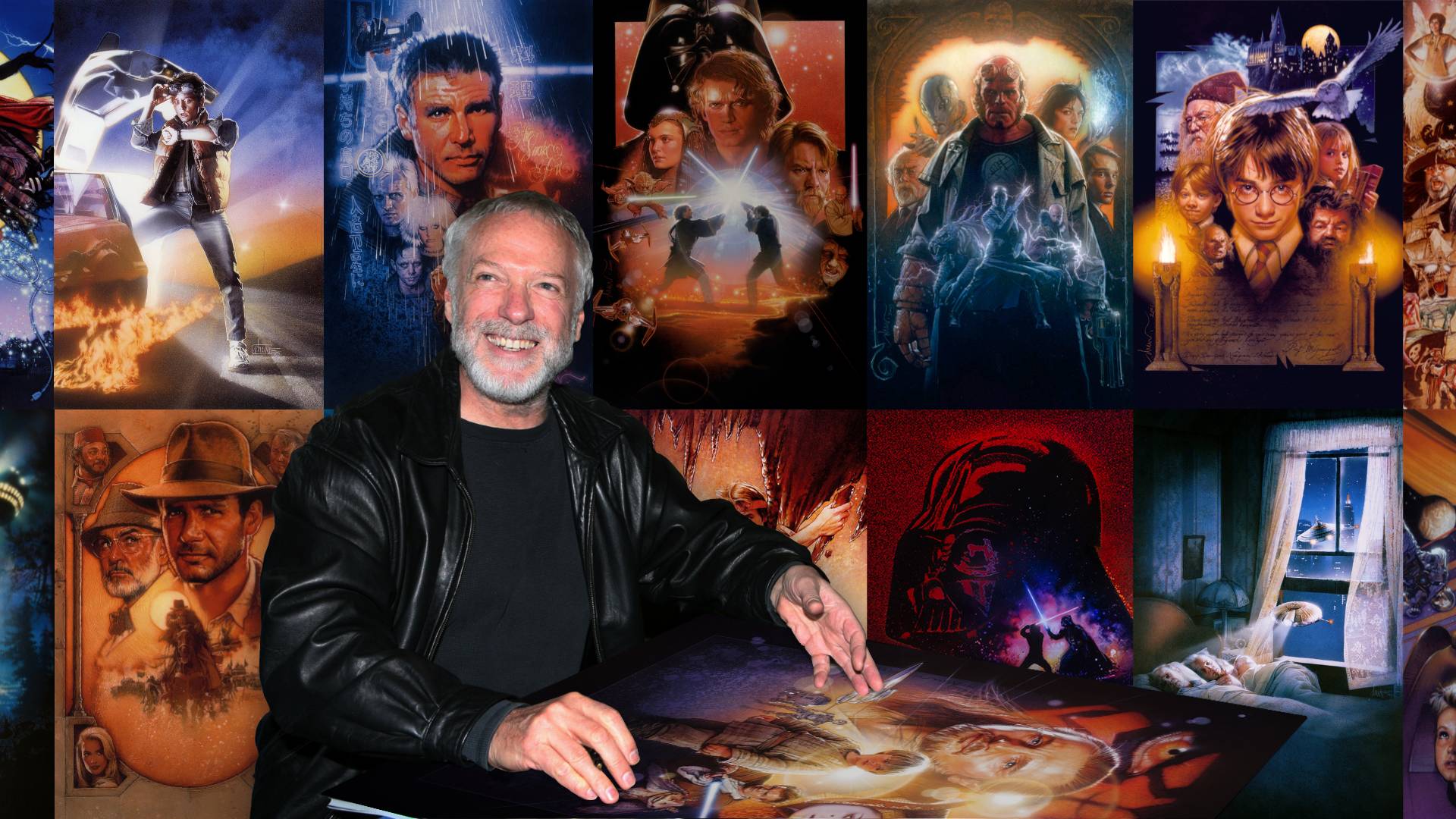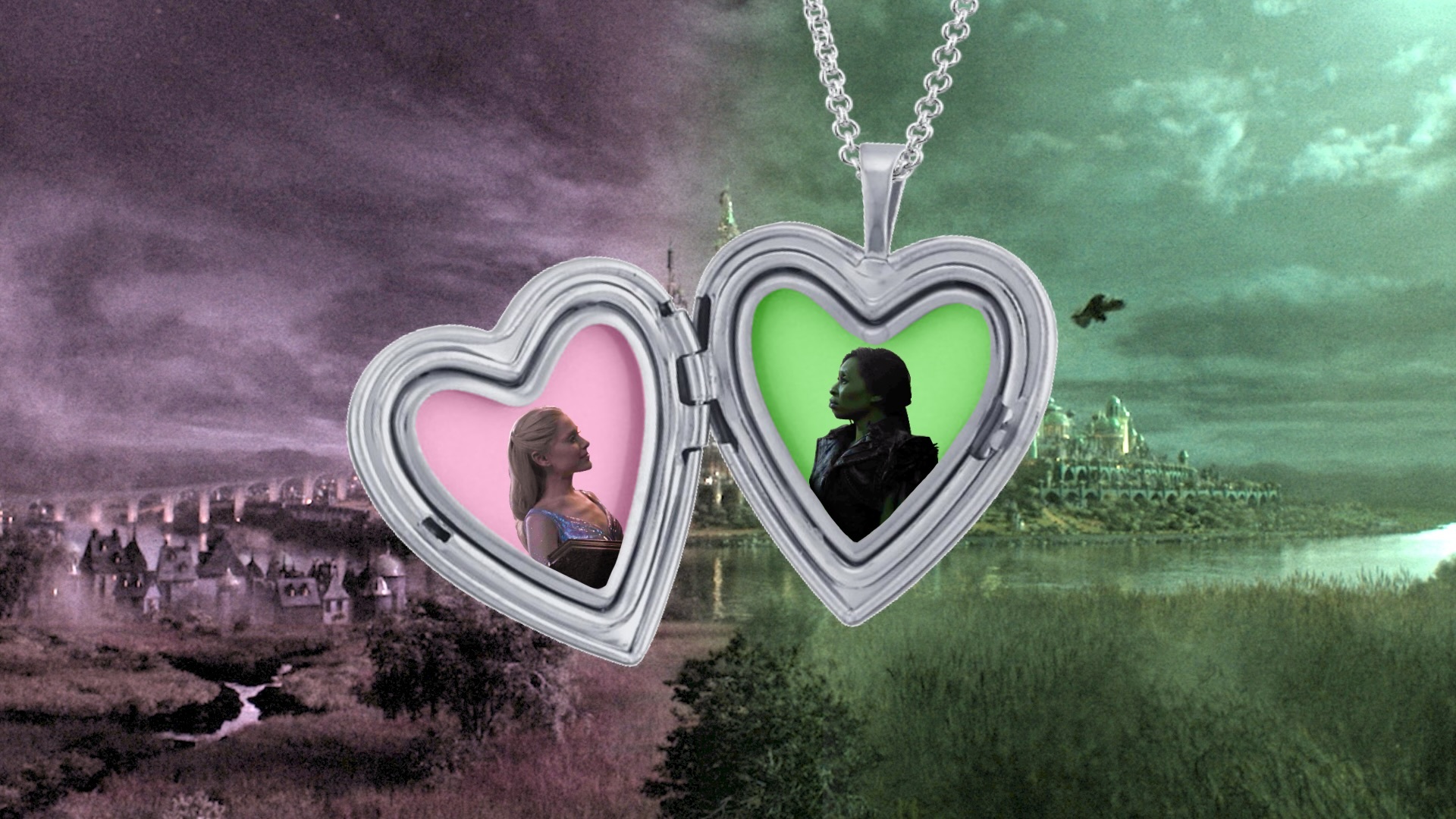Troy Bordun and I (your friendly neighbourhood TFS co-directors) both wanted to screen films this semester that had something to do with exploring sexuality, so naturally, we gravitated towards two recent films by critically acclaimed filmmakers, Ulrich Seidl and Steve McQueen, their Paradise: Love (2012) and Shame (2011), respectively.
Shame follows what appears, at first, to be a successful, fit, good-looking young man in his 30s named Brandon (Michael Fassbender, 12 Years a Slave [2013]). Living in a small apartment by himself in Manhattan, Brandon seems to have his life organized and in a semblance of order: he has his own place, has an office job, he keeps himself in good physical shape – he’s the epitome of the successful middle-class single white American male. This mirage of structure quickly unravels when troubles arise at Brandon’s work, but more noticeably when someone familiar reenters Brandon’s life, his sister played by The Great Gatsby (2013) star Carey Mulligan. Brandon struggles to maintain his confident composure as things change from his regular routine, but mostly as he fails to find gratification with his addiction to all things sex, which includes porn, prostitutes and casual sex.
Like McQueen’s debut film Hunger (2008) and his recent Academy Award-Winning film 12 Years A Slave (Best Picture, Best Supporting Actress, Best Adapted Screenplay; nominations in Best Direction, Best Actor, Best Supporting Actor), in Shame, the director utilizes many long takes and extended scenes to really immerse the viewer in the images and sound. McQueen’s style forces the viewer to be more involved with what is occurring rather than the hyper-paced editing that dominates much of Hollywood’s blockbusters, in which we barely get a glimpse as shot after shot is cut in front of us.
As mentioned in our previous articles for The 400 Blows (1959) and Frances Ha (2012), there is a long tracking shot (in which the camera follows the protagonists as they run a lengthy stretch of field or sidewalk) that has become synonymous with displaying character growth and emotion. However, in Shame, as we watch Brandon embark on a stress-relieving jog, he doesn’t display any sense of satisfaction or development; he simply is unhappy and stuck as he tries to find ways to relieve tension. There is very little hope for Brandon and it becomes questionable whether we will see him make progress before the film reaches the credits.
Some similarities can be drawn between Brandon and lead character Jon Martello in Joseph Gordon-Levitt’s recent directorial debut, Don Jon (2013). Both characters, besides being young, “successful” white men, have an excessive sexual addiction that in is shown as being unhealthy and severely affecting the relationships they cultivate with their families and potential love interests.
Shame is quite different tonally compared to the satirical and comedic approach to Gordon-Levitt’s Don Jon. Peter Bradshaw of The Guardian wrote that Shame is “a nightmarish, laugh-free black comedy about neurosis and dysfunction. It has the same icy, unwavering stare as his previous work, Hunger, about the Irish republican hunger-striker Bobby Sands, with the same degree-zero long camera takes.”
What happens to Brandon when his personal and professional lives collide with his sexual life? Is there hope in his story? Come check out Oscar-winning director Steve McQueen’s second feature, Shame, at Market Hall on Wednesday, March 19. The show begins at 8pm and is free to all!
For info visit facebook.com/trentfilmsociety; trentfilmsociety@gmail.com.


.png)


.jpg)


.jpeg)



.jpg)

.jpg)

.jpg)







.png)